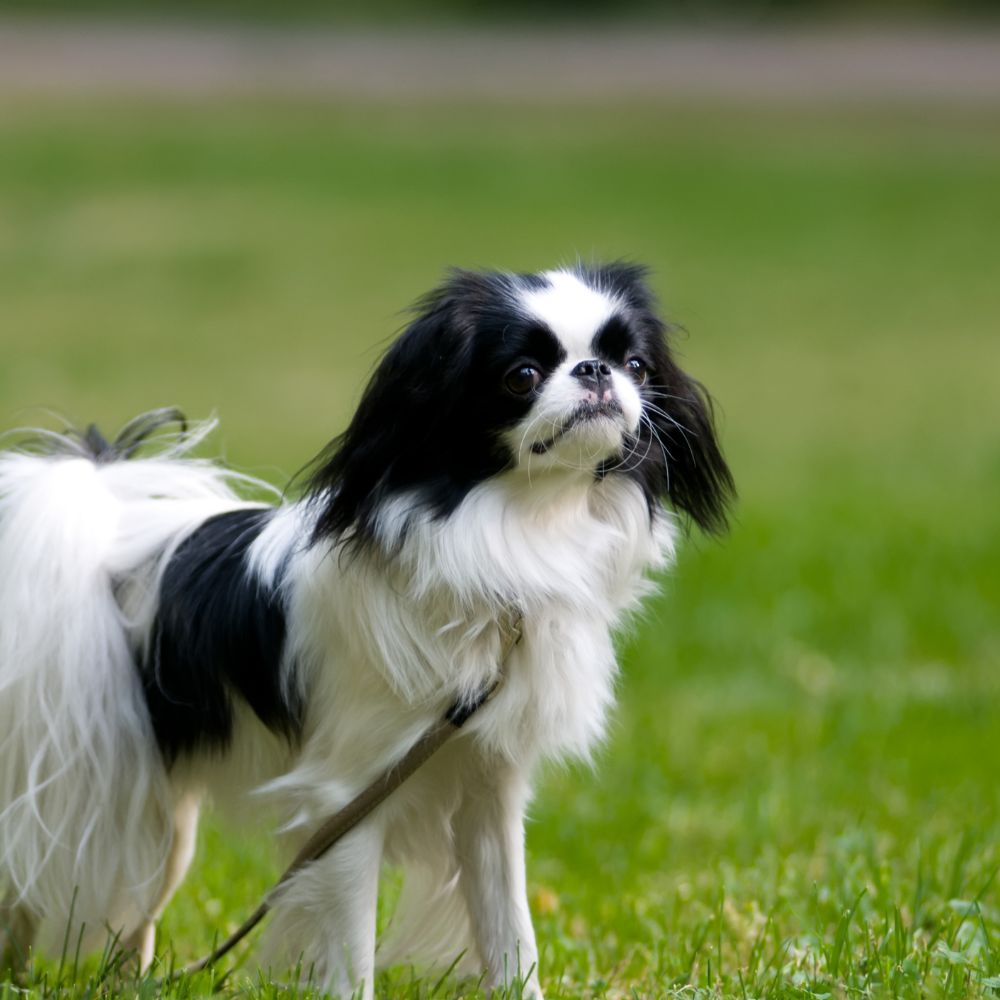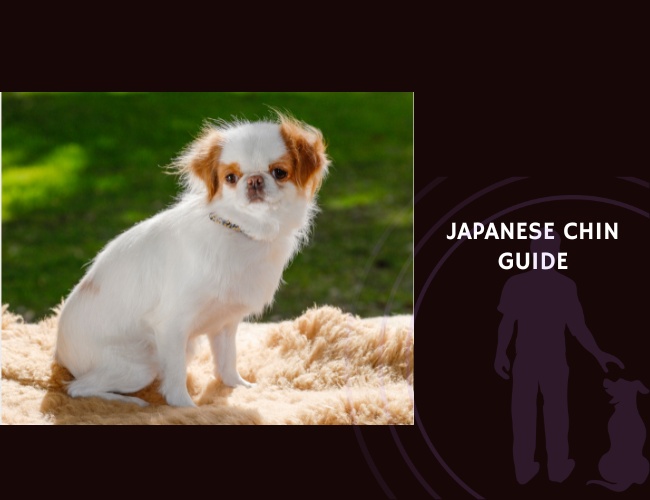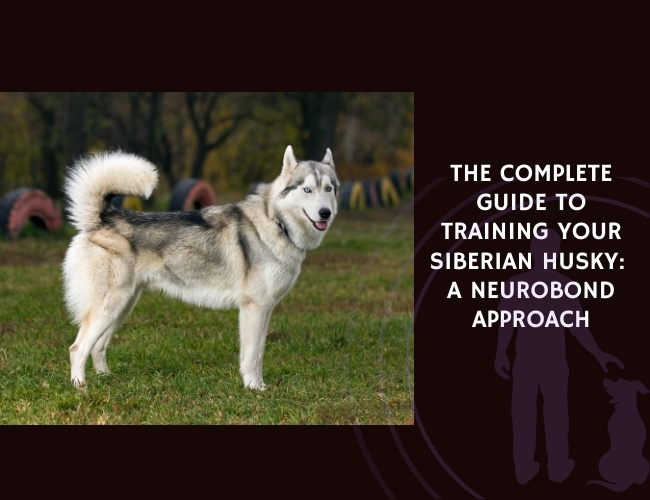Quick Facts about the Japanese Chin
- Origin: Japan (possibly with roots in China or Korea)
- Weight: 1.8–4 kg
- Life expectancy: 10–14 years
- Coat Colour: White with black or red (sable, lemon, orange) markings
- Breed Group: Toy / Companion
The Japanese Chin is a delicate and expressive toy breed known for its aristocratic air, feathered coat, and cat-like grace. With a quiet charm and quirky intelligence, it thrives as a refined lap companion.
Japanese Chin History
The Japanese Chin’s true origin is debated—despite the name, it may have originated in China and was later refined in Japan. The breed was gifted to Japanese nobility as early as the 6th or 7th century and remained a treasured lapdog in imperial courts.
With its royal lineage, the Chin became a symbol of elegance and exclusivity. Westerners first encountered the breed in the 1800s, and the AKC officially recognised it in 1888.

Japanese Chin Temperament
Graceful, charming, and sensitive, the Japanese Chin is affectionate with its family and slightly aloof with strangers. It is often described as “feline” in its movements, cleanliness, and independence.
The breed is intelligent, alert, and highly attuned to the moods of its owner. While playful and quirky, it’s also calm indoors and does not require constant stimulation.
Note: Chins dislike harsh correction or chaos—they thrive in peaceful homes with gentle, respectful treatment.
Health and wellness
Japanese Chins need only light daily exercise—short walks and playful bursts indoors are sufficient. They are well-suited to apartment life and quiet routines.
Their long, silky coat requires regular brushing to prevent tangles. Their prominent eyes and short muzzle need special attention—watch for eye injuries and breathing issues in hot weather.
Significant problems:
Heart murmurs and mitral valve disease
Eye injuries and corneal ulcers
Patellar luxation
Brachycephalic airway issues
Neurological disorders (rare)
Life expectancy: 12–14 years

Complete Guide to Japanese Chin
🔍 Looking to go deeper into dog training?
Use these categories to explore targeted guides and articles on canine behavior, nutrition, obedience, entertainment, and more.








